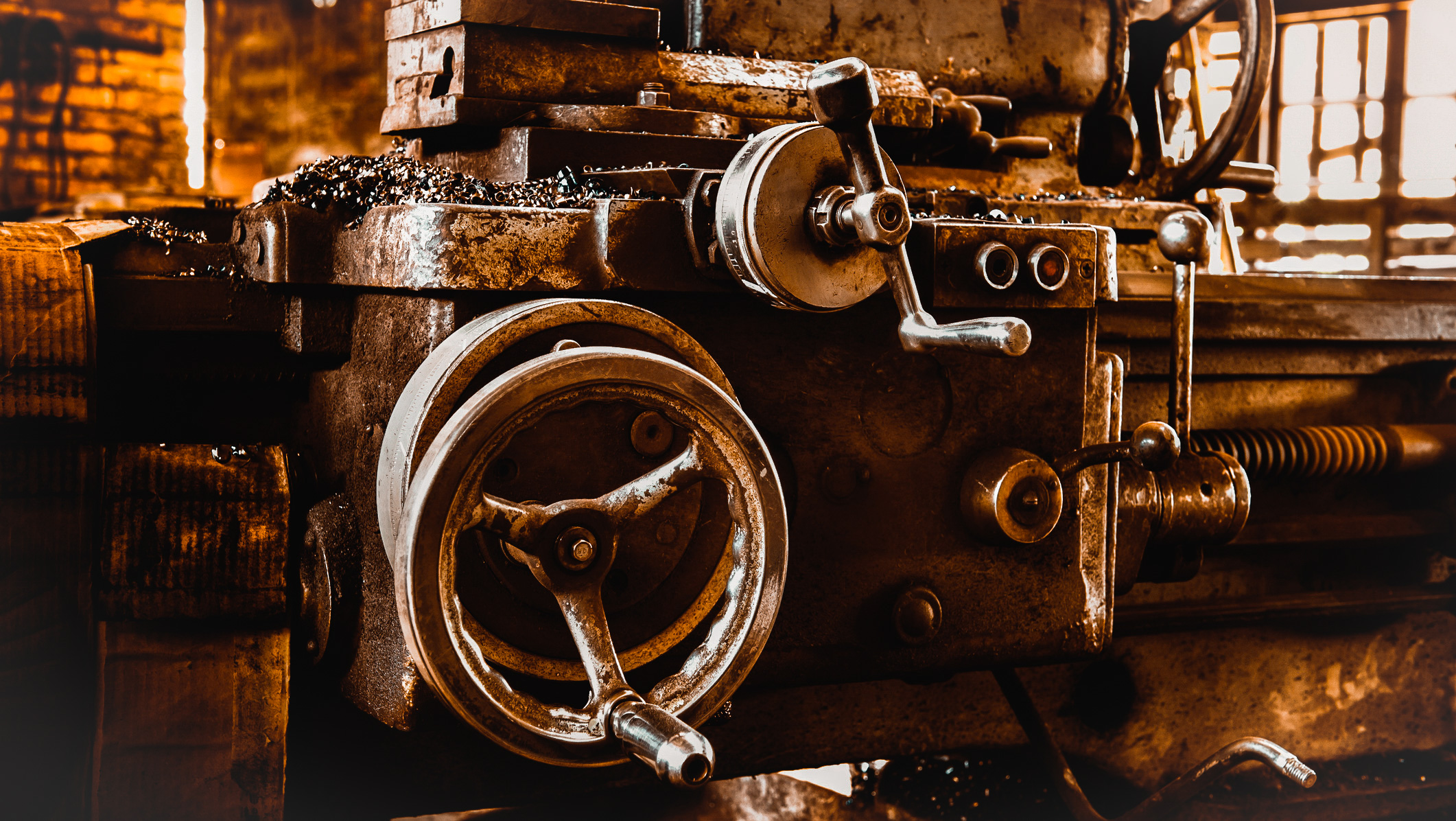Revitalizing Manufacturing: The Undeniable Benefits of Equipment Upgrades
A quick look at what upgrades can do to unlock your manufacturing potential
In today’s rapidly evolving manufacturing landscape, staying competitive requires more than just maintaining the status quo. Businesses must constantly adapt and innovate to meet increasing demands, optimize production processes, and ensure long-term sustainability. A critical component of this adaptation is the strategic upgrading of manufacturing equipment. While the initial investment might seem daunting, the long-term benefits of modernizing equipment far outweigh the costs. This article explores five key advantages of upgrading manufacturing equipment, demonstrating why it’s a crucial investment for any forward-thinking manufacturer.
1. Increased Efficiency and Productivity:
Outdated equipment often operates at slower speeds, requires frequent maintenance, and is prone to breakdowns, all of which significantly hinder productivity. Modern machinery, on the other hand, is designed for optimal performance and efficiency. Automated systems, advanced controls, and streamlined processes enable faster production cycles, reduced downtime, and higher output. For instance, replacing manual processes with robotic automation can drastically increase production speed and consistency. Additionally, newer equipment often incorporates advanced sensors and data analytics capabilities, allowing for real-time monitoring and optimization of production parameters, further boosting efficiency. This leads to increased output with the same or even fewer resources, directly impacting the bottom line.

2. Cost Savings:
While the initial investment in new equipment represents an upfront cost, the long-term cost savings can be substantial. Modern equipment is typically more energy-efficient, reducing energy consumption and utility bills. Reduced maintenance requirements and fewer breakdowns translate to lower repair costs and less production downtime. Furthermore, automation can minimize labor costs by reducing the need for manual labor in certain tasks. Improved material utilization due to more precise machinery also minimizes waste and associated costs. These combined cost reductions contribute to a faster return on investment and improved profitability over time.

3. Enhanced Quality:
Outdated equipment can struggle to maintain consistent quality standards, leading to defects, rework, and customer dissatisfaction. Modern machinery, equipped with advanced control systems and precision engineering, ensures higher levels of accuracy and consistency in production. This results in fewer defects, improved product quality, and increased customer satisfaction. For example, upgrading to CNC (Computer Numerical Control) machines allows for precise and repeatable manufacturing processes, minimizing variations and ensuring consistent product quality. This enhanced quality not only strengthens customer relationships but also reduces waste and associated costs from rejected products.

4. Safer Working Environment:
Older equipment often lacks modern safety features, posing potential risks to workers. Upgrading to newer machinery with integrated safety mechanisms, such as automated shut-offs, improved guarding, and ergonomic designs, significantly reduces the risk of workplace accidents and injuries. This creates a safer working environment for employees, reducing lost time due to injuries and potential legal liabilities. Furthermore, a safer workplace boosts employee morale and productivity.

5. Competitive Advantages:
In today’s competitive market, manufacturers must constantly strive to differentiate themselves. Upgrading equipment offers several competitive advantages. Increased efficiency and productivity allow for faster order fulfillment and shorter lead times, giving businesses a competitive edge in meeting customer demands. Enhanced quality leads to higher customer satisfaction and stronger brand reputation. Additionally, adopting advanced technologies and automation can position a company as an industry leader, attracting new customers and talent. This modernization also allows businesses to take on more complex projects and expand their product offerings, further strengthening their market position.
Upgrading manufacturing equipment is not merely an expense; it’s a strategic investment in the future of any manufacturing business. The benefits, ranging from increased efficiency and cost savings to enhanced quality, a safer work environment, and significant competitive advantages, are undeniable. By embracing technological advancements and modernizing their equipment, manufacturers can position themselves for sustained growth, profitability, and success in the increasingly competitive global market.
Case Study: Ford Motor Company
Equipment Upgrades to Enhance Production Efficiency
Company: Ford Motor Company
Industry: Automotive Manufacturing
Challenge: Ford faced issues related to production inefficiency, high operational costs, and the need for innovation in manufacturing processes. The company needed to improve production efficiency while controlling costs and maintaining quality standards.
1. Increased Production Speed
2. Lower Operational Costs
3. Improved Quality and Reduced Waste
4. Sustainability
5. Overall Cost Reduction
Ford’s investment in state-of-the-art equipment and automation not only boosted production but also helped reduce manufacturing costs significantly. This case highlights the importance of modernizing equipment and integrating cutting-edge technologies to remain competitive in the manufacturing sector while achieving cost reductions and operational improvements.


